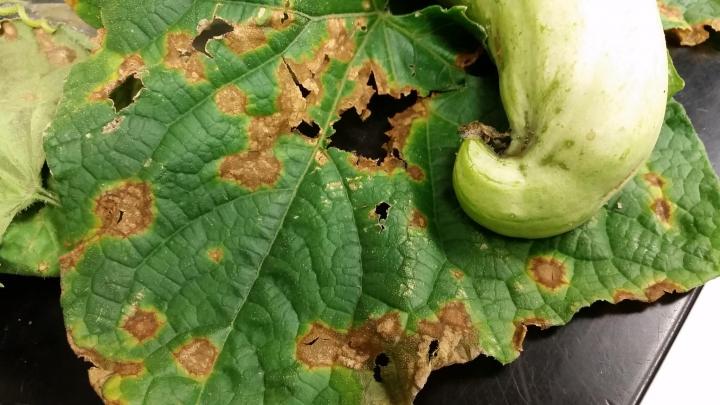
Fungal anthracnose attacks these young grapevine leaves.
Prevent This Fungal Disease in Your Garden
ADVERTISEMENT
I have an eastern redbud (planted 2yrs ago ) which unfortunately is suffering from anthracnose...I have been spraying with a copper based spray covering the entire tree...but the disease will not go away..( 2nd year affected) ..I assume it came from the nursery this way...they don't have a warranty on their sales
Thanks
Ken
Meaford ontario
Will pruning affected trees and destroying the leaves be enough to prevent recurrence? I may missing it, but I don't see any information about how to prevent recurrence in trees? Lots of info on plants, but I don't anything preventative for large trees.
Thanks.
There's really not much you can do for a tree. Imagine trying to collect and destroy every single leaf that comes from an infected tree.
Does additional anthracnose treatments needed every year to large maple trees to prevent initial infection during the first year.
Removing infected leaves can help to stop its spread, but anthracnose can overwinter in twigs or other parts of the tree, so it’s unlikely that you would be able to get rid of it completely. Generally, anthracnose isn’t as big of an issue in trees as it is in smaller plants, so it’s often something that is just tolerated. However, if the tree seems to weaken and have a lot of leaf loss, fungicides can be used. Read more about that here: Anthracnose
I work at TESYD Farms as T.O. and I have noticed that most of the young seedlings have their leaves with many dark spot looking like it has been sprayed with weedicide. Can that be anthracnose?.
I have recently bought a mango tree and it has black regions on my branches.It doesn't seem to be effecting the leaves much yet . I'm not sure if its Anthracnose any help would do. I've also noticed broken leaves I'm not sure if that has anything to do with it.
I once had healthy guava fruits, but the tree is now producing guava fruits which browns very quickly
what has gone wrong
Can you help with an explanation and treatement
Thanks
How long does the leaf dropping last?
What does the damage look like on the fruit of Peach trees and how does one control it? When to spray to keep if from happening? I'm not sure that is what I have on the fruit of my peach trees but from your article it sounds like it is.










